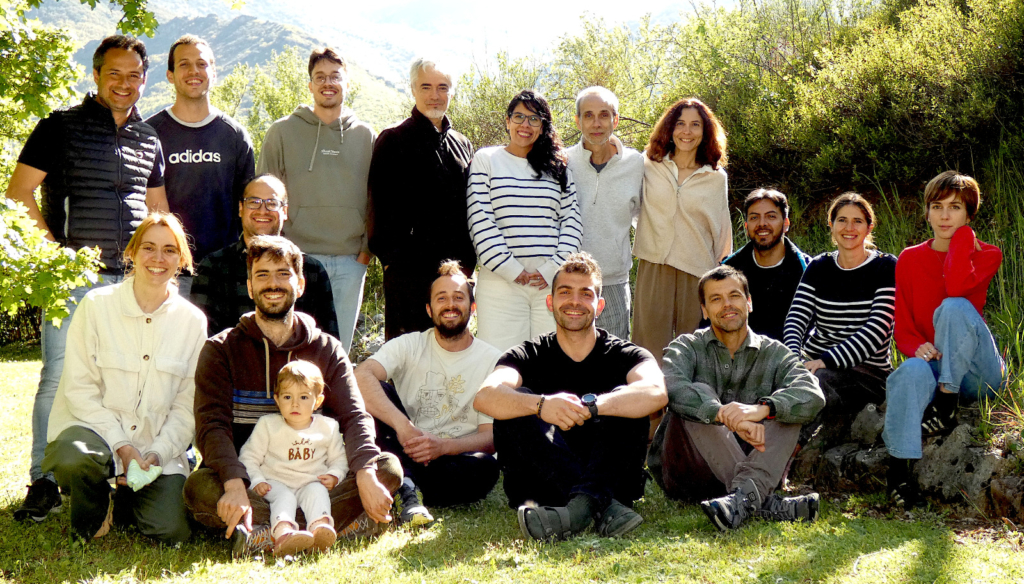From May 19th to 23rd, the Araújo Lab retreated to the remote mountains of Sena de Luna, in León, Spain, for five days of intense discussion, shared learning, and outdoor inspiration. Hosted at a beautifully restored rural hotel, this year’s retreat brought together 16 members of the lab across reinforcing bonds and advancing collaborative projects.
A Thoughtful Setting for Reflective Science
Nestled between highland ridges and glacial valleys, the venue offered the perfect backdrop for deep thinking and creative exploration. Morning and afternoon sessions followed a relaxed yet productive rhythm: 15-minute talks followed by 45-minute discussions allowed space for feedback and joint problem-solving. The topics ranged from the historical ecology of Spain’s national parks to cutting-edge models of trophic interactions and biodiversity change under global warming.
Science, Structured and Shared
Each day was themed to reflect central challenges in the lab’s research agenda:
Tuesday was dedicated to Change Detection and Prediction, with presentations on species distributions, climate-driven forest carbon loss, marine heatwaves, and food web dynamics.
Thursday shifted the focus to Biogeographic Interactions and Landscape Connectivity, including novel frameworks to prioritise restoration based on trophic saturation, and tools for visualising species distributions through new interactive platforms.
On Friday, the retreat concluded with a mix of software development insights, group housekeeping, and farewell discussions.
Across sessions, a unifying thread emerged: a concern with ecological completeness, the resilience of natural systems, and the urgent need for conservation planning that integrates both biotic interactions and environmental dynamics.
Hiking Through Deep Time
Midweek, the lab traded laptops for hiking boots. A day-long field trip led participants to the Cambrian fossil beds of Miñera de Luna and on a 12-km hike through the spectacular Desfiladero de los Calderones. Along the way, conversations continued—this time about trilobites, trophic networks, and the fractal beauty of ecological systems shaped by deep time.
The retreat was more than a scientific meeting. It was a moment to realign individual projects with the lab’s broader mission, to integrate new members, and to celebrate the diversity of thought that defines the Araújo Lab.




